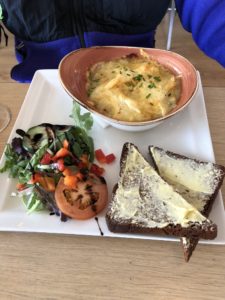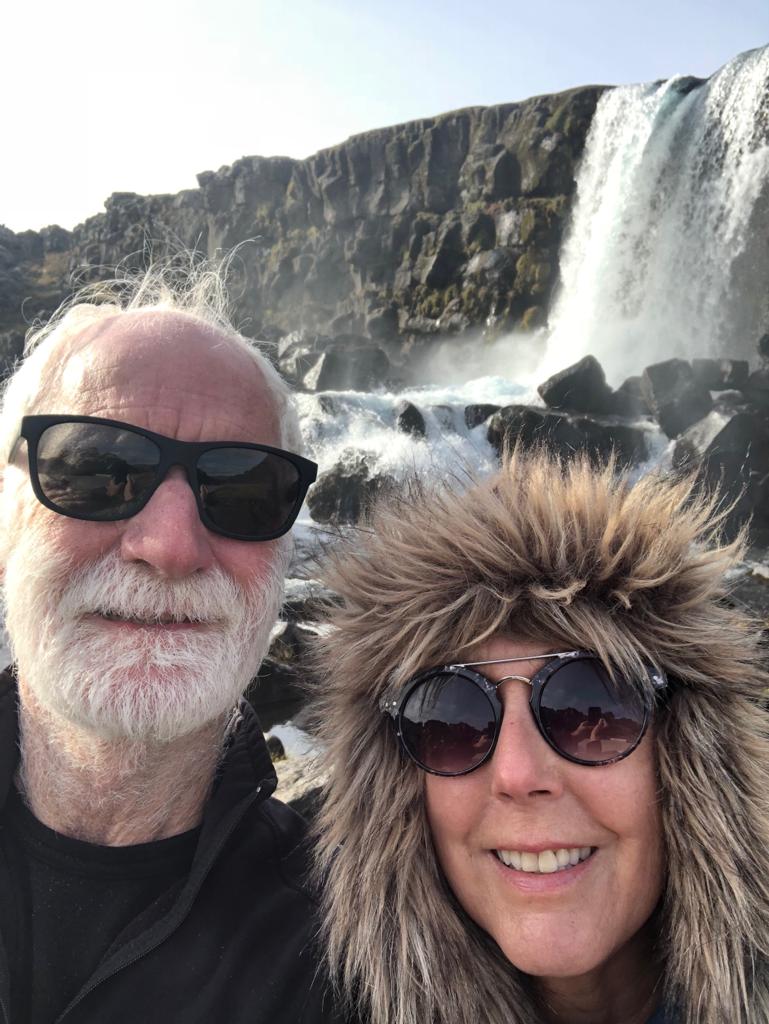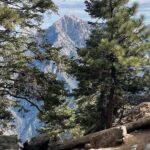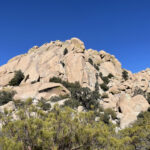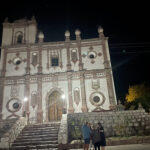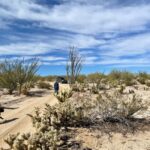In which Carolyn and Fred tour Reykjavik and beyond in search of volcanos, waterfalls and a crack in the earth’s crust
First of all, they need to change the name of the country to Windland. The wind is remarkable, at its most surprising when it sneaks up behind you when you are walking. All of a sudden, you are goose stepping as the gust lifts your leg higher than intended!
But the wind is just an accessory to the spectacular, wild and raw territory. The terra-formed earth is both new and ancient. Lava flows, as recent as eight years, offer up cake-batter spills hardened into rock. Canyons and plains were carved by glaciers from older terrain. Waterfalls grind gullies into hillsides with their advancing *** waters.
After a few days in Reykjavik, I have figured out why Iceland has become so wildly popular. It’s not only the promise of glaciers, waterfalls, volcanoes, startlingly beautiful Aurora Borealis and other-worldly landscapes. You’re also in a very safe environment, where the locals are friendly and polite, the drivers are kindly to pedestrians, streets and highways are well marked and none of this driving on the wrong side. They take credit cards for everything. They’ll take U.S. dollars if pressed. Plus, nearly all residents speak good English. Harrumph, It takes all the challenge away!!!
We roamed Reykjavik for three days, staying in a perfect AirBnB studio not far from the famed Hallsgrimmkirche, with its spectacular architecture and enormous pipe organ sporting over 5000 (no mistake, 5000) pipes. We happened in while the organist was practicing and the sound was so moving – you feel your own body vibrating with tones.
Reykjavik is an interesting blend of old and new – classic Nordic buildings of stone and plaster, practical Icelandic structures having corrugated steel shells to ward off the wind, and modern Scandinavian buildings, new and a gigantic stock of construction projects expanding their hotel, commercial and living spaces dramatically.
Snaefellsness Peninsula was our next target. It’s a wide expanse of lightly populated spaces, with waterfalls and rugged coastline. Despite being an entirely different ecosystem from the U.S. southwest, the scenery reminded us of parts of Arizona and Utah, where volcanic action and dramatic erosion has sculpted the terrain. And the nature of the plant life, though different, seemed similar to the eye, at least at a distance. Sights we enjoyed were ***.
Returning south, we headed for the most breathtaking (and tourist-ridden sights.)
Thingvellir (looks like ’Pingvellir’ in Icelandic) is like no other place on earth. It rides the seam between the North American tectonic plate and the European plate, gradually stretching the two continents asunder, creating a mystical lake to cover their tracks. It’s also a historical site where Iceland’s
The lake at Thingvellir is deep, cold and eerily clear. We declined the drysuit snorkeling tours, but were a bit envious of the views they must have seen. The earth pulls apart, leaving boulders and large rocks where it widens at a rate of 2 cm each year.
Nearby is a narrow walkable canyon, created similarly, with natural reddish rocky walls a dozen feet high on each side. The prize at the end of the hike is a gorgeous waterfall. The signage also indicates that this was where punishments were delivered – everything from flogging to hanging, with a dramatic spire as the gallows. These claims of punishment are confirmed*** by remains that speak of the punishments*** received.
There are several massive waterfalls along the so-called Golden Circle, and dozens of minor falls that accent the larger falls. We pondered whether drainage was an issue.
This is mostly farm country – the Icelandic horses, cattle and sheep were apparent all along the way. One surprise was how scarce dogs are! Other than working farm dogs, we saw very few. In the city, dogs were rare. Apparently, it is just not an Icelander’s custom, though we learned that is changing. On our entire nine days, we saw fewer than a dozen dogs, and actually petted only one.
In Reykjavik, the Aurora museum was quite illuminating, with wonderful photos of the Aurora, explanations of the phenomena and unusual events. Culminating the tour is a large room with loungy seating where you can bask in large screen films of auroral events on a thirty minute repeat. With any effort, you can fall into a trance.
Museums, like everything in Iceland, can be very pricey. Luckily, we qualify for the ‘elders’ discount, which in some cases means free, which is significant as the entry fee can be as much as $25.
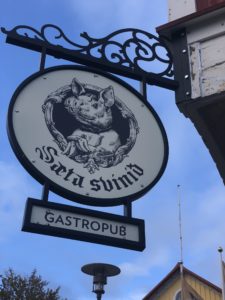
Dining prices are shockingly high. Even forewarned, I was not ready to see minimum entrée prices – say for pasta or pizza – at $25-$30. Prices for fish, beef or lamb are typically $40 and up – and perhaps a la carte. The food was often excellent. Though it was disappointing that at lesser restaurants, the prices didn’t reflect the quality. A lower quality meal was generally just as expensive as an elegant meal! Even basics were overpriced – you’d think a bowl of soup would make an affordable lunch, but $20 seemed the standard price. We were grateful that breakfasts were included in hotel room rates and we could stoke up early in the day. Coffee was reliably good everywhere.
The best meals we had in Reykjavik were at Rok, a newish and stylish gastropub, SeaBaron, a little fish-house shack at the harbor with incredible lobster soup and succulent, crispy salmon cooked on a skewer. In other parts of the country, restaurant at the Skogar hotel served up excellent lamb and salmon meals in a nicely styled modern farm atmosphere. Also in Borgarnes, the Englendingavik (something to do with an Englishman) made very fine meals in a charming waterfront setting.
To anyone who is considering a trip to Iceland: do it! It’s awe-inspiring, exciting and restful all in one.
